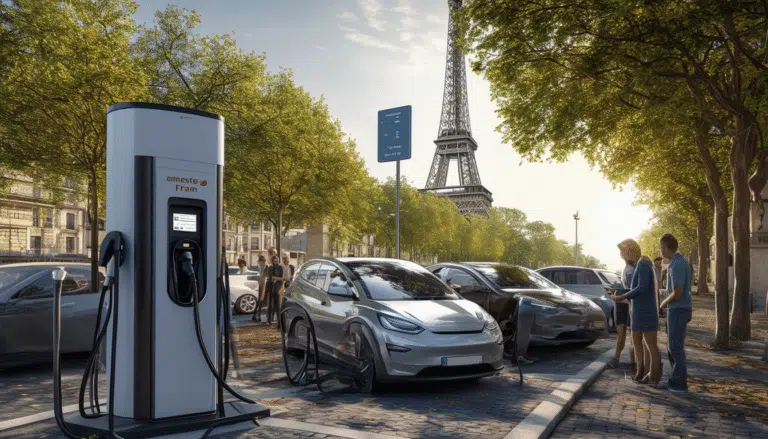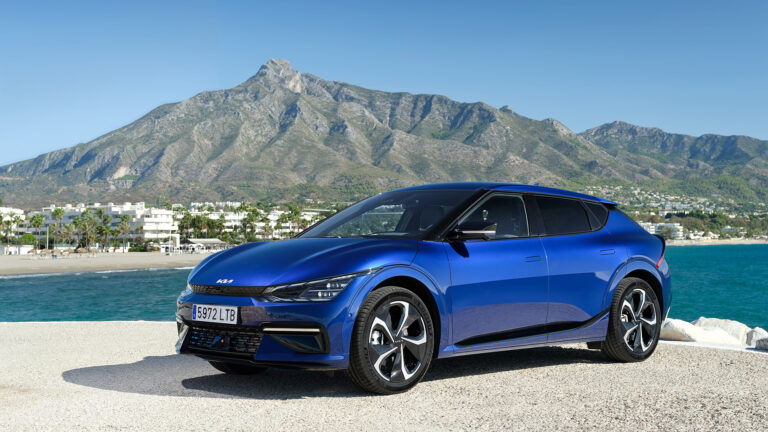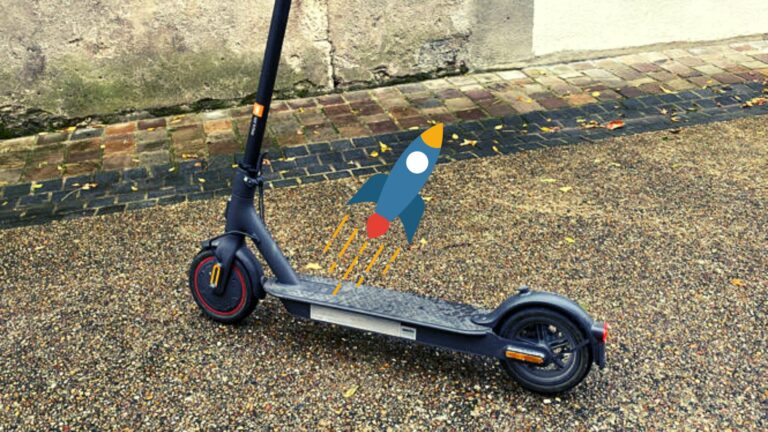How to become a more efficient driver
Becoming a more efficient driver is essential today, not only to save on fuel but also to contribute to the care of the environment. Incorporating efficient driving practices allows you to maximize the vehicle’s performance, reducing both CO2 emissions and fuel expenses. With proper techniques and a deep understanding of how the car works, anyone can optimize their driving style and enjoy a safer and more economical journey.
Efficient driving is a practice that not only reduces fuel consumption but also helps to decrease CO2 emissions and maximizes safety on the road. This article will guide you through various strategies and practical tips to help you become a more efficient driver and, in turn, take care of your vehicle and the environment.
Get to know your vehicle inside out
The first step towards achieving efficient driving is to understand how your vehicle works. It is essential to perform regular checks that include the condition of the fuel system, tires, and brakes. A weller-maintained engine has significantly improved gasoline consumption capabilities. Familiarizing yourself with the owner’s manual and following the manufacturer’s recommendations can make a big difference in vehicle performance.
Maintain a constant speed
One of the most effective techniques to be a more efficient driver is to maintain a constant speed. Sudden acceleration and braking are not only dangerous but also increase fuel consumption. By using cruise control on the highway, you can make fewer mistakes and focus on keeping an optimal speed.
Anticipate traffic and road conditions
Anticipation is key in efficient driving. Observing traffic and anticipating the movements of other drivers will help you avoid unnecessary braking and acceleration. Stay alert to traffic signs and learn to identify traffic patterns, which will help you use the engine more efficiently.
Reduce weight and drag
Removing unnecessary items from the trunk and reducing the load carried by vehicles is a simple way to improve fuel efficiency. In addition, removing roof racks when not in use can decrease wind resistance. This simple action can contribute to more economical and efficient driving.
Use inertia
Taking advantage of the vehicle’s inertia on slopes and when taking gentle turns will allow you to save fuel. This technique involves not accelerating unnecessarily, but letting the vehicle move with its own weight. Proper use of inertia not only saves fuel but also enhances the driving experience and safety.
Plan your trips
Good planning of your routes can help you avoid traffic and optimize fuel consumption. Use apps or navigation devices that allow you to know real-time traffic conditions. By choosing the fastest or least congested route, you can reduce the time you spend driving and, therefore, the fuel expenditure.
Regular vehicle maintenance
Regular maintenance is crucial for achieving efficient driving. Ensure that the tires are properly inflated, as incorrect pressure can increase fuel consumption. Likewise, a properly functioning engine and clean motor oil are fundamental to optimizing performance.
Consider using air conditioning
Air conditioning, while providing comfort, also impacts fuel consumption. When possible, use natural ventilation by opening windows instead of turning on the air conditioning, especially at low speeds. However, on the highway, closing the windows and using the air conditioning may be more efficient to reduce drag.
Additional strategies to save fuel
There are several strategies you can implement to further reduce fuel consumption. Participating in loyalty programs can offer discounts on fuel, while AI-backed strategies provide real-time analysis of your driving patterns to help you save. You can also review the price comparison between gasoline and diesel to choose the most economical option.
Conclusion
By applying these techniques and strategies, it is possible to become a more efficient driver. The key is to be aware of our actions behind the wheel and make informed decisions that will benefit both our wallet and the environment.
Being a efficient driver not only means saving on gas but also contributing to the protection of the environment. Adopting mindful driving practices can minimize fuel consumption while simultaneously reducing CO2 emissions that harm our planet. It’s essential to know the workings of your vehicle thoroughly and perform adequate maintenance. A well-maintained engine will achieve its maximum efficiency, benefiting both performance and fuel economy.
The way we drive significantly influences gas expenses. To become a more efficient driver, it is essential to avoid sudden accelerations and braking. Maintaining a constant speed and anticipating changes on the road can optimize engine use, taking advantage of the vehicle’s inertia rather than solely relying on the accelerator. These small adjustments in driving style can have a considerable impact on fuel consumption in the long run.
Additionally, it is crucial to carefully plan your routes. Choosing paths that avoid heavy traffic or have fewer stops can help conserve the engine’s energy and thereby save fuel. It is also helpful to forgo air conditioning when conditions allow, as excessive use can significantly increase gasoline consumption.
Finally, adopting a lifestyle that prioritizes sustainability and efficient driving is a daily commitment. Being informed about preventive maintenance practices and responsible vehicle use not only benefits the driver but also contributes to a greener and more sustainable future for all.




